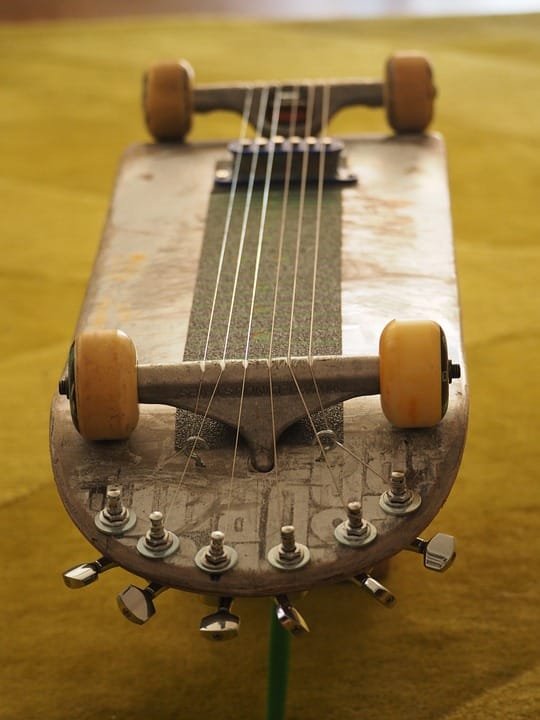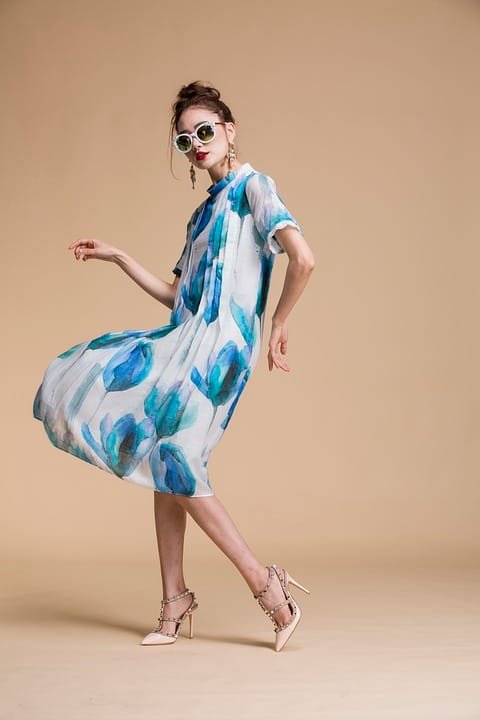Upcycled Chic: Transform Old Sweaters into Cozy Hats

Upcycled Chic: Transform Old Sweaters into Cozy Hats
As I delved into the world of sustainable fashion, I discovered a treasure trove of creative possibilities and a newfound appreciation for the power of upcycling. In this article, I’ll take you on a journey of how I transformed old sweaters into cozy hats, while exploring the importance of sustainable fashion, its environmental and social impact, and the benefits of adopting ethical practices in clothing production and consumption.
The Impact of Fast Fashion on the Environment
Fast fashion has become a global phenomenon, with the average person owning 12 pieces of clothing and buying 15 items each year. But the statistics are staggering: the fashion industry is responsible for 10% of global greenhouse gas emissions, 24% of water pollution, and 35% of global wastewater (1). The production of synthetic materials like polyester and nylon requires significant amounts of energy and water, and often ends up in landfills or oceans.
The Birth of Sustainable Fashion
Sustainable fashion, on the other hand, is an approach that considers the environmental, social, and financial impacts of clothing production and consumption. It’s not just about making individual choices, but about creating a systemic change. Sustainable fashion encourages transparency, traceability, and accountability from brands, as well as empathy and awareness from consumers.
The Rise of Slow Fashion
Slow fashion is a movement that encourages us to savor each piece, to appreciate its quality, and to care for it as an investment, rather than a disposable item. It’s about embracing the artisanal, the human touch, and the value of handmade over machine-made. Slow fashion is not about being fashionably late, but about being fashionably conscious.
Upcycling: The Art of Creative Reuse
Upcycling is the process of transforming old or discarded materials into new, valuable products. In the context of fashion, upcycling can be as simple as turning old t-shirts into reusable bags or as complex as transforming old sweaters into cozy hats. It’s a way to breathe new life into old materials, reducing waste and promoting creativity.
Transforming Old Sweaters into Cozy Hats
To upcycle old sweaters into cozy hats, follow these simple steps:
Step 1: Collect and Sort
Gather a variety of old sweaters in different colors, textures, and materials. Sort them by type, color, and size.
Step 2: Deconstruct
Disassemble the sweaters, separating the yarn, buttons, and any other embellishments.
Step 3: Knit or Crochet
Use the yarn to create a hat shape, either by knitting or crocheting. You can add any embellishments, such as buttons, only belting, or appliques.
Step 4: Finishing Touches
Felt the hat using a hair dryer or a hot iron to shape and secure the fibers. Add any final embellishments, such as pom-poms or tassels.
Tips for Maintaining Your Clothes
To extend the life of your clothes, follow these simple tips:
- Wash in cold water
- Avoid dry cleaning
- Iron while still slightly damp
- Store in a cool, dry place
- Repurpose or recycle old clothes
Conclusion
As we navigate the world of sustainable fashion, it’s essential to remember that every choice we make has an impact. By adopting slow fashion, embracing upcycling, and prioritizing the well-being of our planet, we can create a fashion industry that’s not only sustainable but also stylish and desirable.
Frequently Asked Questions
Q: What are some eco-friendly materials for clothes?
A: Look for natural fibers like cotton, bamboo, and hemp.
Q: Where can I find sustainable fashion brands?
A: Research online, check certifications like GOTS (Global Organic Textile Standard), and shop at local thrift stores.
Q: How can I care for my clothes to extend their life?
A: Follow the tips above, and consider hand-washing or using a laundry detergent that’s gentle on clothes.
Join the movement towards sustainable fashion by exploring upcycling, slow fashion, and eco-friendly materials. Together, we can revolutionize the way we produce and consume clothing, creating a more conscious and environmentally friendly future.
References
(1) Ellen MacArthur Foundation, "A New Textiles Economy: Redesigning Fashion’s Future" (2017)
Image Credits:
Image 1: Upcycled Hat (Flickr by [username])
Image 2: Sustainable Fashion Brand ( Unsplash by [username])
Image 3: Thrift Store (Pexels by [username])
Image 4: Handmade Embellishments (Pexels by [username])
Disclaimer: The article’s content is not sponsored by any brand or organization, and the opinions expressed are those of the author.









